Last updated on 2025-10-26
A review and sample photos of the SIGMA DP2, DP2s, and DP2x compact digital cameras equipped with 4.5 megapixel x 3 FOVEON sensors.
- Please see the disclaimer regarding advertising here.
- Italicized links in the text are advertisement links that take you to other sites.
Table of contents

Gallery
Review
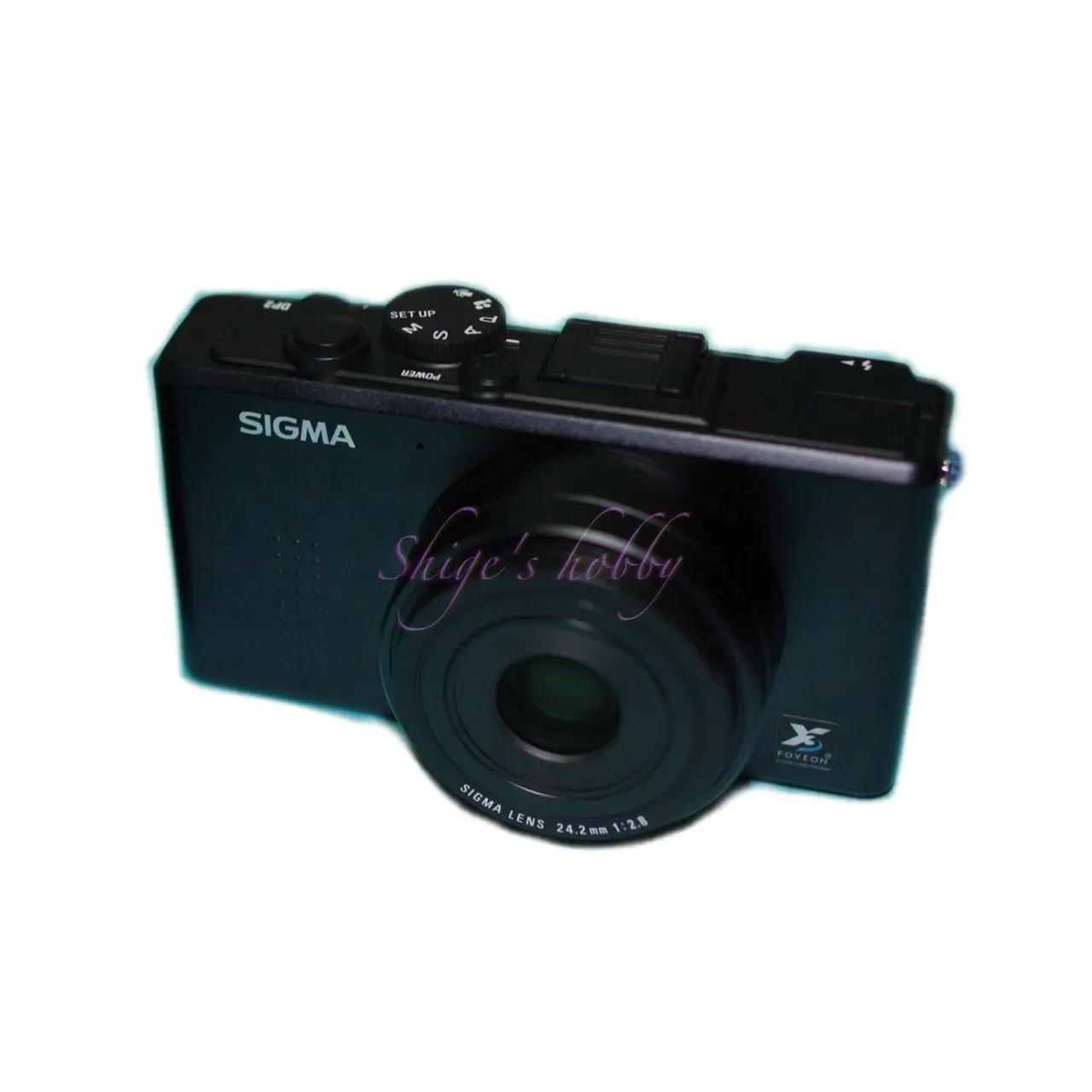
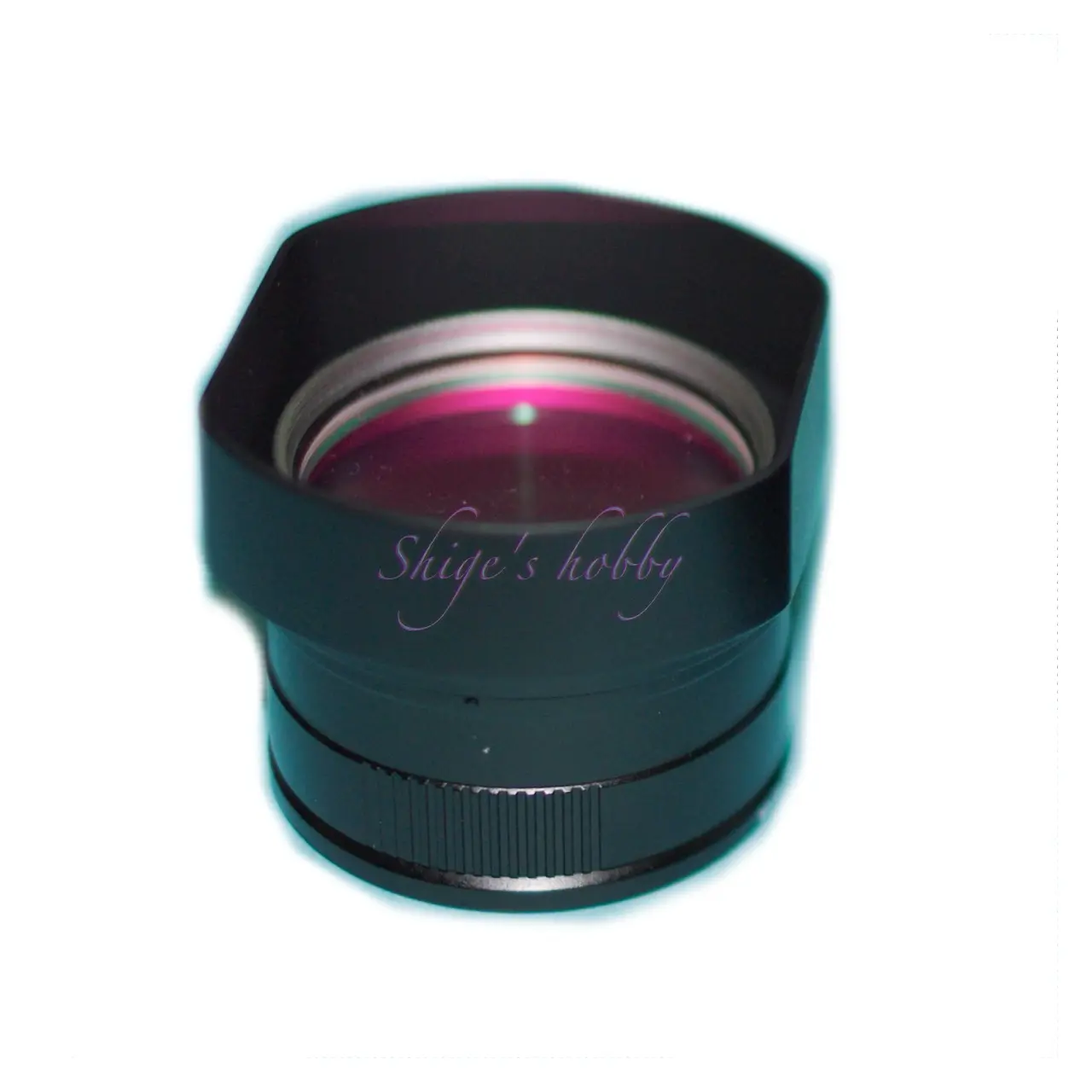
1.Overview
The DP2 series is a compact digital camera equipped with a second-generation Foveon sensor, and underwent minor changes about once a year: the original: April 2008, the s: March 2009, and the x: May 2010.
It has the same sensor as the SD14/SD15 digital SLR cameras, and the recording pixel count is 4.5 megapixels x 3, with an actual pixel count of 4.5 megapixels, but in JPEG recording and SIGMA PhotoPro, the pixels can be combined to output a higher pixel count.
The only difference between the DP1 and DP2 is the lens, with the DP1 equipped with a 16.6mm lens and the DP2 equipped with a 24.2mm lens.
The close-up lens ALM-1 was released as an exclusive option for the DP2. The ALM-1 is a 46mm diameter screw-in type, and the DP2 series does not have a threaded lens barrel, so it cannot be attached directly to the DP2 series, which does not have a threaded lens barrel. Instead, it is used by attaching the HA-11 hood to the camera and screwing it onto the tip of the hood. The close-up lens can be removed by removing the hood, so it might be said to be a bayonet type.
The battery model number for the DP1 and DP2 series is BP-31, with specifications of 3.7V, 1300mAh, 4.8Wh.
・Improvements to the DP2s
- Improved AF speed
- Improved button visibility
- Added power save mode
Information source: Digital Camera Watch April 1, 2010 article
・Improvements to the DP2x
- Equipped with AFE (analog front end)
- Optimized AF algorithm
- Equipped with “capture priority mode”
Information source: Digital Camera Watch June 10, 2011 article
・Differences between the DP2 series and rear buttons
- On the DP2, all the button function labels are printed in white, with some only being engraved, while on the DP2s and DP2x, all the buttons have function labels printed, with some printed in red.
- Reference: Digital Camera Watch
- Image taken from Sigma’s official PDF distribution
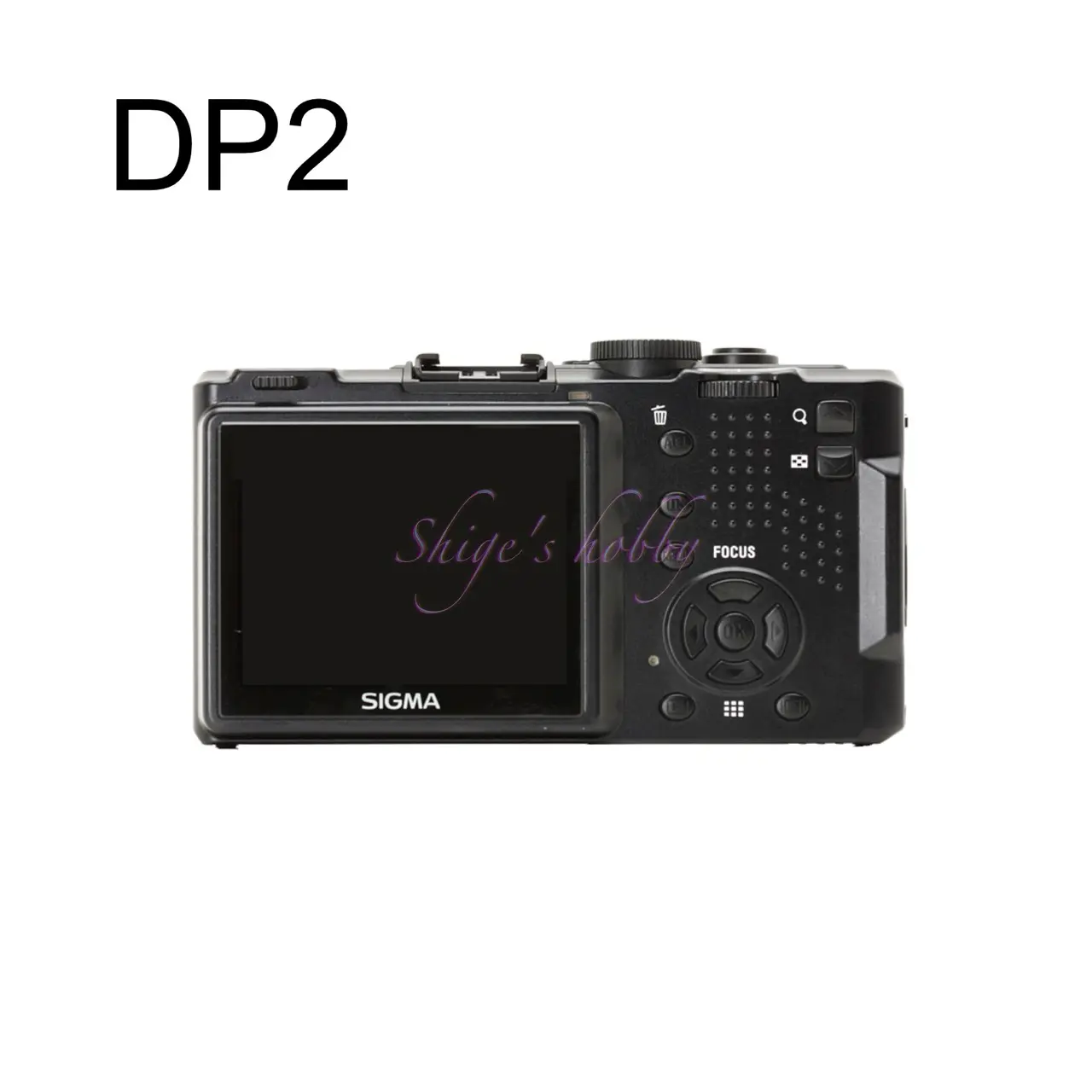
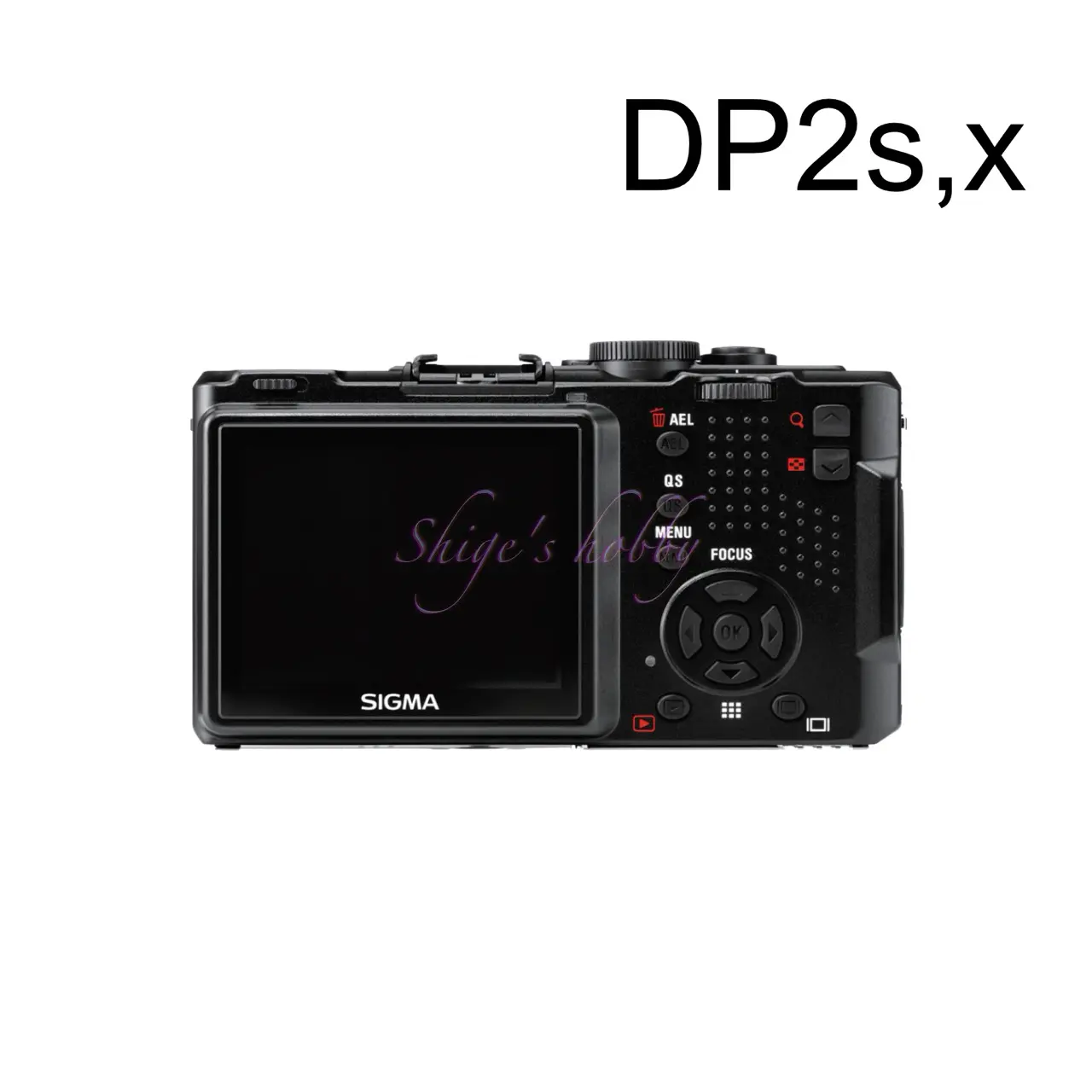
2.Usage
The DP2 was the same as the DP1, and the concept of a large sensor in a tiny body appealed to camera enthusiasts, and was supposed to be the ideal snapshot camera. However, these expectations were easily dashed by the camera’s lack of capabilities.
Unless the camera was ISO100 and daytime, there was some strange noise in the shots, and it was vulnerable to camera shake.
Few photographers would be able to tolerate the contradiction of a compact camera that is recommended to be used on a tripod.
The DP2 was a more comfortable camera than the DP1, but that was only in comparison to the DP1, and even with the newly developed True II image processing chip, it still remained a slow-paced camera.
After buying and selling the DP2, I passed on the DP2s and got the DP2x, but the DP2 series has always used the True II image processing chip, and even with the new model, there was no significant improvement in processing speed or upgrades to the shooting functions, and the series ended with only minor brush-ups such as changing the labeling of the rear buttons.
One of the problems with the DP1 and DP2 series is that all of the models have poor battery life and suddenly die when the battery voltage is low, even if the battery display on the rear LCD screen shows that the battery is full, which is the same as the SD9/SD10.
In the past, I found compatible batteries after the original batteries were discontinued, but recently compatible batteries have also disappeared from the market (there are some suspicious compatible products on Amazon, but I won’t introduce them because they are scary), so please be careful as it may be difficult for people who buy used bodies to obtain batteries.
When using compatible batteries, it is better to check the voltage transition of the battery you obtained. If the voltage cannot be supplied stably, this camera has a narrow voltage sweet spot, so undervoltage will make the operation unstable, and overvoltage may damage the camera’s circuit board.
When the DP2x was discontinued, it was sold off at bargain prices by major camera stores in what was called an outlet sale, so it’s likely that users who bought it without knowing the true nature of Sigma cameras regretted their purchase.
3.Summary
To sum up the DP2 series, the DP2, DP2s and DP2x were released with a True II image processing chip equivalent to the DP1x, so they perform slightly better than the original DP1 and DP1s, but there is almost no difference in operating speed from the DP2 to the DP2x.
If you use the DP2 series, you need to be prepared for the risk of camera shake and the need for a considerable amount of patience in terms of shooting tempo.
Also, as it has been more than 15 years since it was released, there are concerns about failures due to deterioration of the electronic boards, including the sensor.
As of 2025, riding on the vague boom of old digital cameras, the DP2 series is also seen circulating at surprisingly low used prices. However, since it is a 4.5 megapixel compact digital camera after all, it is not a camera worth spending tens of thousands of yen on, even if it is around 10,000 yen. If you want to enjoy the same sensor, you can enjoy stable shooting with the SD14 or SD15.
・X3F file
X3F files store information on the three colors R, G, and B for each pixel, so the amount of data is three times that of a normal Bayer sensor.
I have been using SIGMA PHOTO PRO (hereinafter referred to as SPP), which processes X3F, since the SD9 era, but I complained that it was unstable and slow. However, when I used it on a Mac mini equipped with an M2 Pro in 2024, I hardly saw any accidental crashes of SPP, and I realized that the image processing speed had reached a practically sufficient speed. It was an event that made me feel the benefit of the improved processing speed due to the increased CPU power of the PC.
I also tried using a freeware utility software that converts X3F to DNG, but in the version I used, it was difficult to achieve the same quality as SPP unless the image after DNG conversion was processed quite a bit, and I had the impression that it was difficult to master. It is unclear whether it has been improved since then.
If the image after DNG conversion can be obtained as equivalent to the SPP default, the ideal workflow for users who are accustomed to other software would be to fine-tune it with other software, but it was not so easy. The conversion software is freeware created by an individual, so users have no right to complain.
I found out that the image can be developed using the image processing software Affinity Photo, so I tested it on this page. I know that I have to study the adjustment method carefully to get the same results as SPP, but since SPP can output adjusted images without stress, I haven’t pursued it too deeply. I think that the better workflow for now is to output JPGs using SPP and then make final adjustments using Affinity Photo.
As of 2024, development of a new Foveon sensor seems to have stalled. I am curious to see if I will come across new X3F data in the future.
Specification
| Items | DP2 | DP2s | DP2x |
| Camera Effective Pixels | Effective pixels: Approx. 14.06 million pixels (2,652 x 1,768 x 3 layers) | Effective pixels: Approx. 14.06 million pixels (2,652 x 1,768 x 3 layers) | Effective pixels: Approx. 14.06 million pixels (2,652 x 1,768 x 3 layers) |
| Lens focal length | 24.2mm F2.8 (35mm camera equivalent: angle of view equivalent to 41mm) | 24.2mm F2.8 (35mm camera equivalent: angle of view equivalent to 41mm) | 24.2mm F2.8 (35mm camera equivalent: angle of view equivalent to 41mm) |
| Lens Construction | 7 elements in 6 groups | 7 elements in 6 groups | 7 elements in 6 groups |
| Max aperture | 2.8 | 2.8 | 2.8 |
| Min aperture | 14 | 14 | 14 |
| Leaf blade | 7 | 7 | 7 |
| Image sensor | FOVEON X3®(CMOS)・20.7×13.8mm | FOVEON X3®(CMOS)・20.7×13.8mm | FOVEON X3®(CMOS)・20.7×13.8mm |
| Image processor | True II | True II | True II |
| Back LCD | 2.5 inch 230,000 dots | 2.5 inch 230,000 dots | 2.5 inch 230,000 dots |
| View Finder | VF-21 | VF-21 | VF-21 |
| Minimum shooting distance(m) | 0.28 | 0.28 | 0.28 |
| Battery | Lithium-ion battery (BP-31) | Lithium-ion battery (BP-31) | Lithium-ion battery (BP-31) |
| Recorded media | SD,SDHC Card Multimedia Card | SD,SDHC Card Multimedia Card | SD,SDHC Card Multimedia Card |
| Size(mm) W x H x D | W x H x D 113.3mm × 59.5mm × 56.1mm | W x H x D 113.3mm × 59.5mm × 56.1mm | W x H x D 113.3mm × 59.5mm × 56.1mm |
| Weight(g) | 260g (No battery、Memorycard) | 260g (No battery、Memorycard) | 260g (No battery、Memorycard) |
| Release date | April 24, 2009 | March 27, 2010 | May 27, 2011 |
| Price(Yen) | 69,800 Yen(Open) | 70,000(Open) | 49,800(Open) |
Option
- Hood:HA-11 (Link to Amazon Affiliate Link)
- Close-up lens: AML-1
Reference links
- SIGMA Official:Discontinued Cameras DP2
- SIGMA Official:Discontinued Cameras DP2s
- SIGMA Official:Discontinued Cameras DP2x
Affiliate Link

Amazon Prime Sale
Update history
- 2025.4.12
- 2024.06.26:Update the article
- 2024.02.12:Update the article
- 2023.04.07:First draft

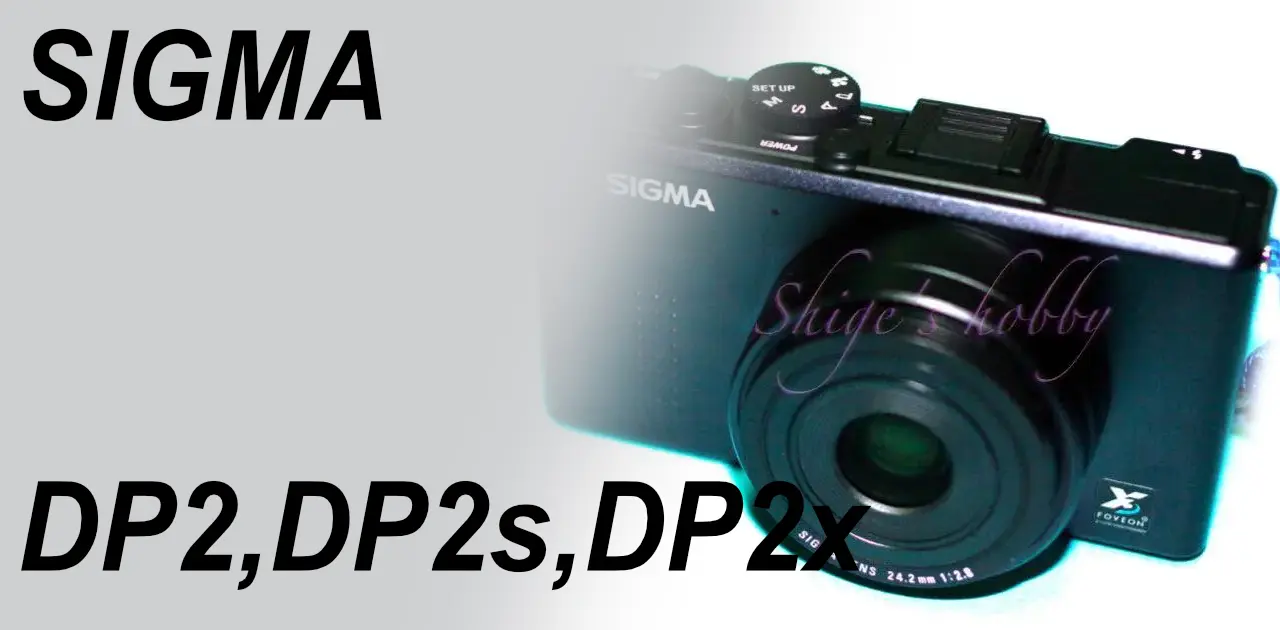
Be First to Comment